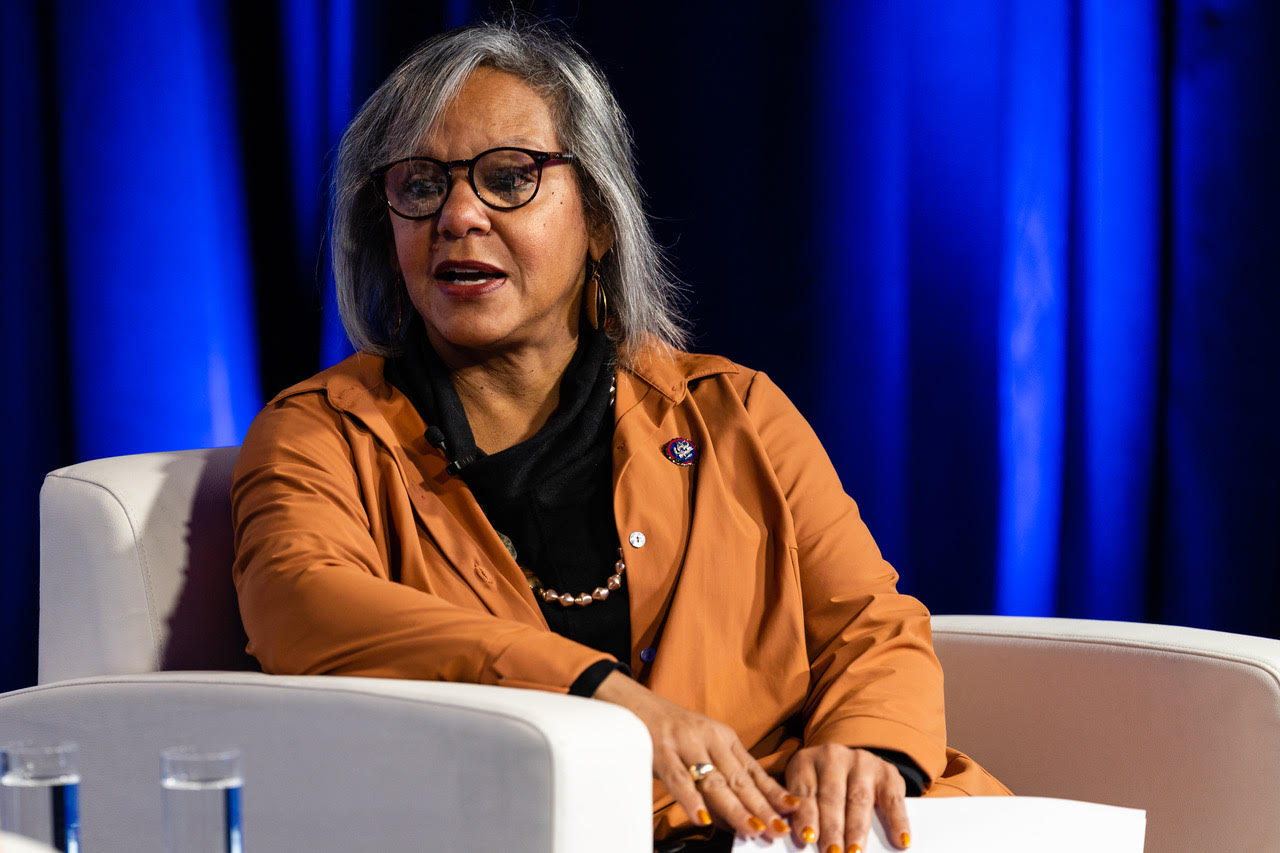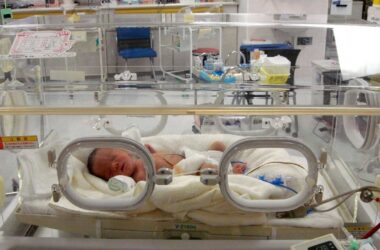Gaps in Testing Threaten Reproductive Health
Atlanta, GA–(ENEWSPF)–March 13, 2012. Just 38 percent of sexually active young women were screened for chlamydia in the previous year, according to the most recent nationally representative estimate of chlamydia screening among this population conducted by the Centers for Disease Control and Prevention. CDC recommends annual screening for all sexually active women aged 25 and under.
The analysis, along with additional research highlighting the need to expand chlamydia screening and retesting, was presented today at the National STD Prevention Conference in Minneapolis.
CDC researchers analyzed self-reported data on chlamydia testing among teenage girls and young women aged 15 to 25 in the United States from the 2006-2008 cycle of the National Survey of Family Growth, a nationally representative household survey.
Overall testing rates remain low, although testing was most common among African-American women, those who had multiple sex partners, and those who received public insurance or were uninsured. Researchers find this encouraging because these are some of the groups at highest risk for chlamydia.
“This new research makes it clear that we are missing too many opportunities to protect young women from health consequences that can last a lifetime,” said Kevin Fenton, M.D., director of the CDC’s National Center for HIV/AIDS, Viral Hepatitis, STD and TB Prevention. “Annual chlamydia screening can protect young women’s reproductive health now and safeguard it for the future.”
Chlamydia is the most commonly reported infectious disease in the United States, and young people are most affected. Because people often do not have symptoms, many infections go undetected and untreated. Untreated chlamydia can have severe long-term health consequences, particularly for young women, including chronic pelvic pain, potentially fatal ectopic pregnancy and infertility.
CDC recommends that anyone diagnosed with chlamydia be retested three months after initial treatment to ensure that those who may have become reinfected can be promptly treated with antibiotics. However, additional data presented at the conference show that retesting rates remain low and many reinfections likely are being missed. By examining available data on more than 60,000 men and women who tested positive for chlamydia between 2007 and 2009 at facilities participating in CDC’s Infertility Prevention Project in New York, New Jersey and the U.S. Virgin Islands, analysts with Cicatelli Associates, Inc. found that just 11 percent of men and 21 percent of women were retested within 30-180 days. Of those who were retested, a significant proportion again tested positive (25 percent of men and 16 percent of women).
“It is critical that health care providers are not only aware of the importance of testing sexually active young women every year for chlamydia infections, but also of retesting anyone who is diagnosed,” said Gail Bolan, M.D., director of the CDC’s Division of STD Prevention. “Chlamydia can be easily treated and cured with antibiotics, and retesting plays a vital role in preventing serious future health consequences.”
Other conference studies highlight innovative, simple ways to improve retesting rates. The University at Buffalo (N.Y.) student health center found that a three-step process, including patient counseling and early reminders to return to the clinic, increased chlamydia retesting rates within four months from 16 percent to 89 percent. Additionally, several California family planning clinics increased retesting rates by inserting pop-up reminders into their electronic records systems.
STD screening and treatment is one of the most effective tools available to protect one’s health and prevent the spread of STDs to others. Though far too few Americans are being screened and retested for chlamydia as CDC recommends, these data show that simple changes can help improve our ability to diagnose and treat STDs.
###
The National STD Prevention Conference, held biennially, is the only major U.S. conference that focuses exclusively on advances and challenges in efforts to halt the spread of these serious diseases. It is sponsored by the Centers for Disease Control and Prevention, with support from the American Sexually Transmitted Disease Association, American Social Health Association, and National Coalition of STD Directors. For more information, visit www.cdc.gov/stdconference.
Source: cdc.gov








